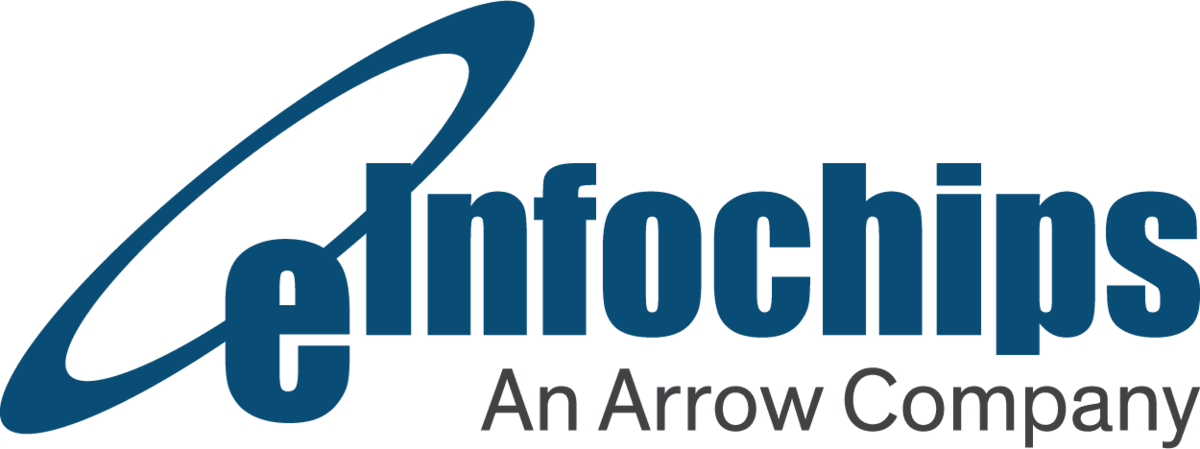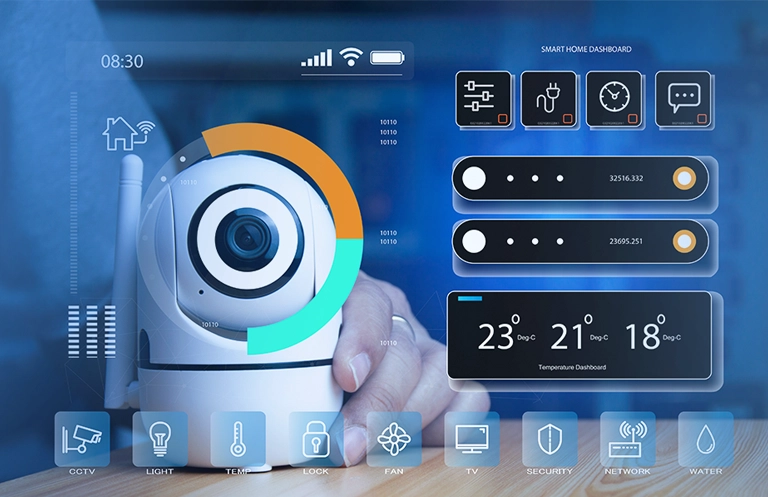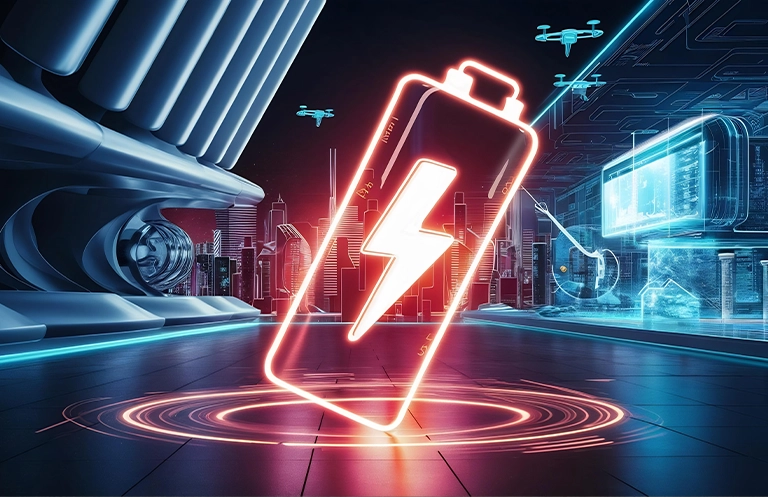For those who do not know what ASIC prototyping is (also known as FPGA prototyping or ASIC emulation), it entails translating all or parts of an ASIC design onto an FPGA to test the device’s functioning. Targeting aspects that are either crucial or unavailable to be confirmed through simulation makes this procedure particularly intriguing. The FPGA is often surrounded by peripherals, memory, and connections, allowing designers to test and debug while also letting it communicate with the outside world.
ASIC prototype boards can be obtained in one of the two ways: by building one yourself or by buying one from a vendor. Each of these approaches has benefits and drawbacks, depending on your requirements, resources, and financial situation.
Let us see the advantages and disadvantages:
- First, keep in mind that producing an emulation board in small quantities might be fairly expensive. Nothing makes Printed Circuit Board (PCB) assembly and manufacturing businesses more enraged than having to create seven development boards for a demonstration each month. You only have to pay a “penalty” charge for interfering with the production on the manufacturing lines that are designed for high-volume output.
- Another problem is the schedule. While commercially available, the FPGA prototype boards may be supplied in 2–4 weeks, whereas, making your boards would likely take 2–3 months. You may estimate that a somewhat simple board would take three weeks to design the hardware, two weeks to lay it out, two weeks to fabricate, and one week to assemble. Of course, you’ll require a few additional weeks if there is a design flaw. The benefit is that you have the freedom and may meet any design need with the DIY approach.
- ASIC prototyping is usually plagued by the lack of design resources. Is there a company employee accessible to take on the task? If nobody is accessible, a subcontractor should be employed, which often requires more time and money.
Now that we have discussed ASIC prototyping, let’s discuss how do FPGA and ASIC compare in terms of performance, price, and flexibility
The two types of integrated circuits, FPGA and ASIC, can be your options, if the system design project you are working on calls for high-speed, low-power, or customized logic. The terms “Application-Specific Integrated Circuit” (ASIC) and “Field-Programmable Gate Array” (FPGA) are acronyms. Regarding performance, cost, and flexibility, each offers benefits and drawbacks. We will contrast and compare these two options in this post to help you decide which is the best for your requirements.
Basics of FPGA- A reconfigurable hardware known as FPGA is made up of a variety of programmable logic blocks, memory components, and interconnects. With FPGA, you may update or alter your design without replacing the hardware as many times as necessary. FPGA is also more adaptive and versatile than ASIC since you may test many designs on the same board while using the same device for various applications.
Basics of ASIC- ASIC is a specially constructed hardware that is created and manufactured with a particular use or application in mind. ASIC is optimized for speed, power, and size as it only contains the parts and circuitry required to accomplish the desired job. ASIC is less susceptible to mistakes, tampering, or reverse engineering than FPGA, making it more dependable and secure. ASIC involves a sophisticated and drawn-out design and manufacturing process, which makes it more expensive and time-consuming to build.
Performance Evaluation
The performance of your system should be one of the primary considerations when deciding between FPGA and ASIC. ASIC often outperforms FPGA due to its ability to operate quicker, use less power, and have reduced latency and jitter. There is less heat dissipation and signal degradation than there would be with an FPGA due to ASIC’s lower overhead, wiring, and switching activity. FPGA, however, may occasionally attain great performance, particularly if you select premium hardware, refine your design, and make use of parallelism and pipelining.
Cost Evaluation
The cost of your project is a crucial consideration when deciding between FPGA and ASIC. FPGA is less expensive than ASIC, especially for low-volume or prototype applications. This is because FPGA offers reduced initial and one-time expenditures for things like design tools, testing, and verification. Since you can simply alter or adjust your design without incurring additional expenditures, FPGA also provides reduced risk and better flexibility. FPGA can, however, come with greater recurrent expenditures, including board, power, and device charges, which might pile up for high-volume or extended applications.
Flexibility Evaluation
The system’s versatility should be the final consideration when deciding between FPGA and ASIC. As it may be reprogrammed and utilized for many applications or scenarios, FPGA generally offers greater flexibility than ASIC. ASIC may not be practical or effective for implementing complicated or new logic functions, whereas FPGA can. As you can test and evaluate your design in real-time, FPGA offers shorter design cycles and a speedier time-to-market. However, FPGA may also be less flexible in other areas, such as device accessibility, interoperability, and mobility, which may restrict your ability to choose between different platforms or manufacturers.
Final Thoughts
In conclusion, while both ASIC and FPGA are technologies with unique advantages, they differ in terms of price, NRE, performance, and flexibility. In general, we can state that ASIC chips are more efficient and cost-effective for big-volume applications, whereas FPGA flexibility provides cost savings and better outcomes for designs with lesser numbers.
eInfochips is a one-stop shop for ASIC design, outsourcing from specifications to functional silicon. We have the know-how to handle the growing complexity of digital and mixed/signal SoC’s design and functional verification while assuring cost reduction and high-quality semiconductor IP creation thanks to our 200+ silicon tape-outs. ASIC and FPGA design, development, prototyping, and verification capabilities are also provided by eInfochips to fulfill low-volume and quick time-to-market demands. To contact our team of experts, click here.














